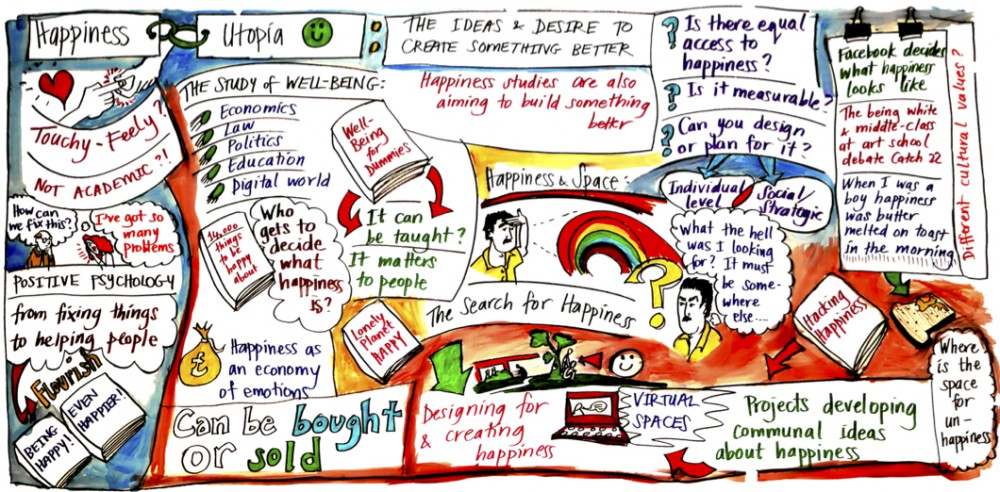1. Describe how the Human Services Code of Ethics initiates, guides and promotes a clinical arena for professional and client well-being.
Human Services code of ethics initiates, guides and promotes a clinical arena for professional and client well-being because they set standards on how they should be with their clients. They set standards for how to protect the client and guide them but with this also comes some limitations to that.
2. Describe how the human service professional’s responsibility to clients promotes well-being.
Human Service professionals commit to helping clients develop to what they can do best and protecting them from any harm. They are obligated to give the clients high quality service. They are supposed to look for and develop resources for certain cases if they can’t find for the client. They are suppose to do everything to make the client feel satisfied and happy.
3. Describe how the human service professional’s responsibility to the community and society promote well-being.
Human service professionals provide share social issues with clients if it might pertain to them. They don’t discriminate against each client due to race, ethnicity, gender, culture etc. They are aware of their clients background to know the impact they might have on others. They seek help themselves in order to better benefit their clients such as in training, experience, education and etc.
4. Describe how the human service professional’s responsibility to colleagues promotes well-being for the client.
When colleagues have an issue they try and talk things out to solve the problem. Each human service professional avoid copying the other so for that not to happen they speak to other professionals in order to assist the client in a different matter. If colleagues are getting out of hand and one can’t speak to the other one of the colleagues reports the behaviors to supervisory or administrative staff. Everything between colleagues is kept a secret unless it will do harm to the clients.
5. Describe how the human service professional’s responsibility to the profession promotes well-being for the client.
Human service professionals know their limits they only tell clients what they know from knowledge and offer services only from their own knowledge. They don’t go looking for something else. The professionals look for supervision and consultation when making a decision that involves legal, ethical or other stuff. These professionals are honest and act with integrity etc. They always seek for new and effective ways to enhance themselves in their work field.
6. Describe how the human service professional’s responsibility to employers promotes well-being for the client.
Human service professional’s always provide well performance to have high quality client services. They evaluate how well they do based on assessment measures. Also if conflict rises they find ways to manage it.
7. Describe how the human service professional’s responsibility to self promotes well-being for the client.
Human service professional’s see the growth or awareness of themselves which help them to not have conflict with those of their clients. They also learn that they have more to learn and upgrade their knowledge and skills to better help the clients with their needs and wants.
8. Describe how the human service professional’s responsibility to educators promotes well-being for the client.
Humans service professionals create a context where students can learn and achieve knowledge, skills, value, and attitudes. Human service professionals are enthusiastic and committed to teaching students.
9. Describe the four stages of ethical decision making. Indicate how it strives to promote well-being to the client/society.
The first stage is to identify the problem this means gathering a lot of information that might have to be legal, ethical, moral and determine how this could help the client. The second stage is consult with colleagues or experts this gives you help to fix the dilemma if you listen to different opinions. The third stage is identify and explore options meaning you consult and brainstorm to learn of the disadvantages and advantages or maybe benefits. The last stage is choose a course of action and act meaning study the process and choice.



